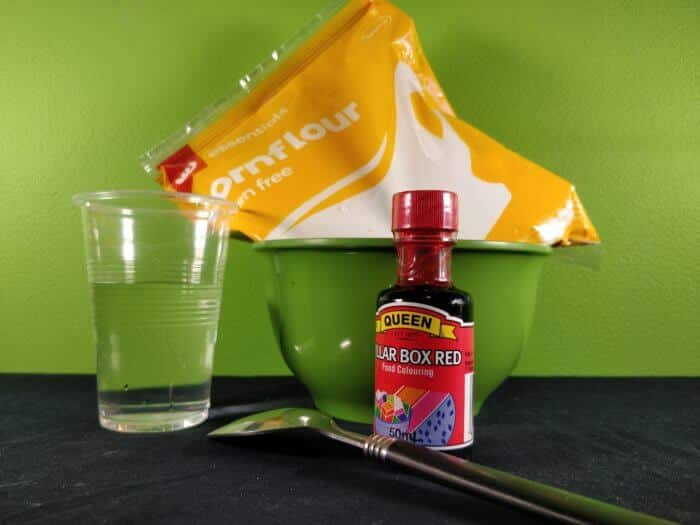
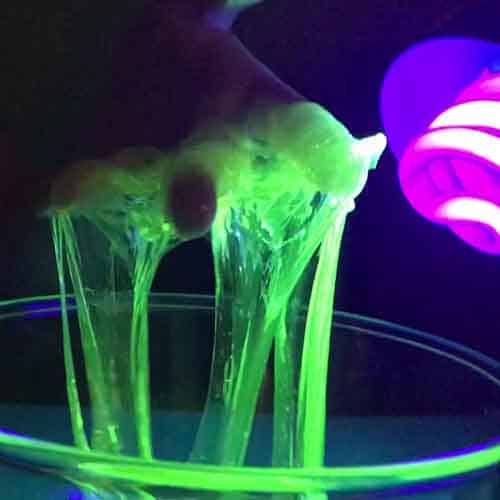
School science visits since 2004!
– Curriculum-linked & award-winning incursions.
– Over 40 primary & high school programs to choose from.
– Designed by experienced educators.
– Over 2 million students reached.
– Face to face incursions & online programs available.
– Early learning centre visits too!
Why Does This Happen?
If you could check out cornflour up and close you would see that the powder is made up of particles that are relatively big with edges that are jagged and uneven. When you slowly move the slime with not much force, the slime acts like a liquid as the particles have space to move around each other. However if you add more force, the jagged bits get snagged on one another and the slime acts like a rock. Once you stop stirring it quickly, the particles can slide past each other again, so the slime acts like a liquid.
This ‘stir-thickening’ of the cornflour slime shows that the material is a Non-Newtonian fluid, which means that the material does not follow the properties described of fluids by Newton’s law of viscosity which defines the relationship between the sheer stress to sheer rate of a liquid at a given temperature and pressure (in the case of a Non-Newtonian fluid, the viscosity is not constant and is dependent on the sheer rate i.e. in this case, the amount of pressure applied).
Teaching her brother how to make pink slime because, #science ! 👩🏼🔬
Thanks @FizzicsEd for the ideas 💫#FlattenTheCurve #StayHomeAustralia #WomenInSTEM pic.twitter.com/7xZcqwc35k
— Melina Georgousakis (@Melina_Gee) April 8, 2020
How can this science be used?
Non-Newtonian fluids can be handy! Plenty of research is being done about how to use this special material in modern technology. Local and international scientists, as well as engineers, have been developing liquid body armour using non-Newtonian fluids, since they are really good at stopping bullets!
In 2010 a number of articles were released about the development of a speed bump that dynamically changed depending on how fast cars were travelling over it! If you travel over the speed bump at a slow speed the fluid inside the speed bump would move out of the way and you’d barely feel the speed bump. However, if you travel over the speed bump too fast the speed bump would react quickly to the increased force and become almost solid… making your car bounce and reminding you to slow down!
Variables to test
- Vary the amount of water that you use.
- Try cornflour vs wheat flour. Can both make a slime?
- Does warm vs. cold water make a difference to your slime?
- Does removing the food colouring make a difference to your slime?
From colour changes to slimy science, we’ve got your kitchen chemistry covered!
Get in touch with FizzicsEd to find out how we can work with your class.
Chemistry Show
Years 3 to 6
Maximum 60 students
Science Show (NSW & VIC)
60 minutes
Online Class Available
STEM Full Day Accelerator - Primary
Designed from real classroom experiences, this modular day helps you create consistently effective science learning that directly address the new curriculum with easily accessible and cost-effective materials.
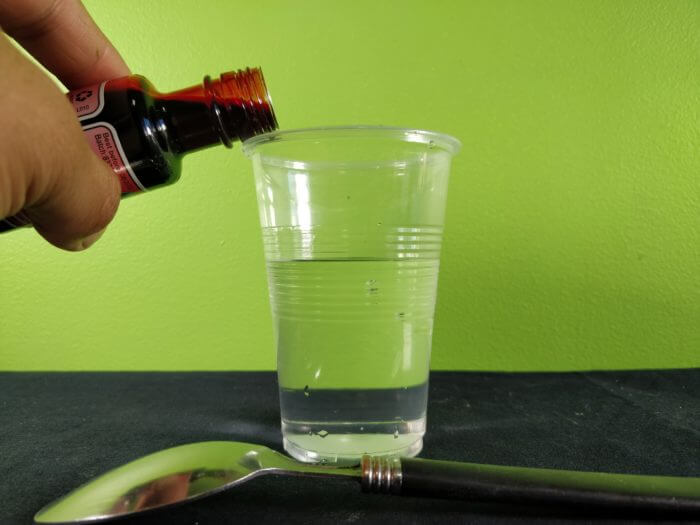

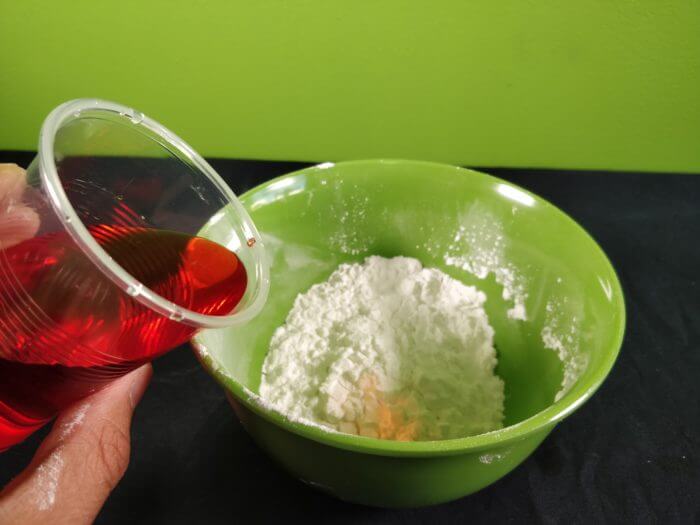
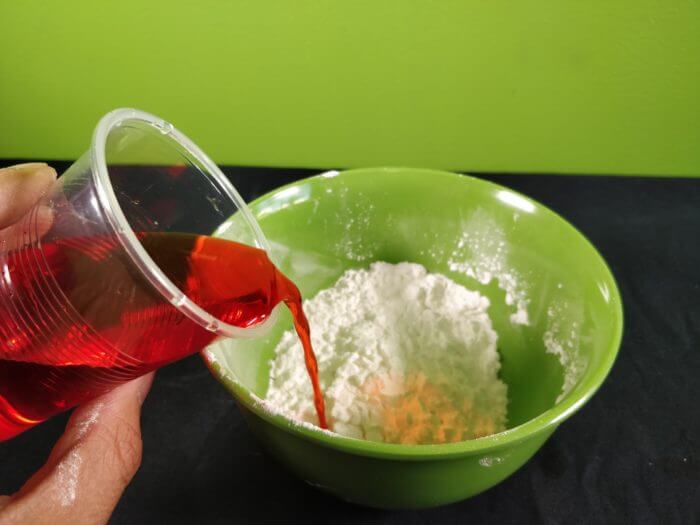
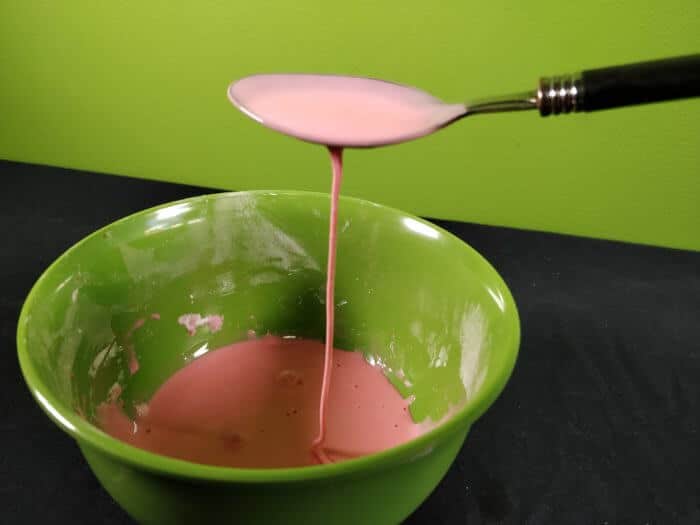




























omg thankssss it worked really well